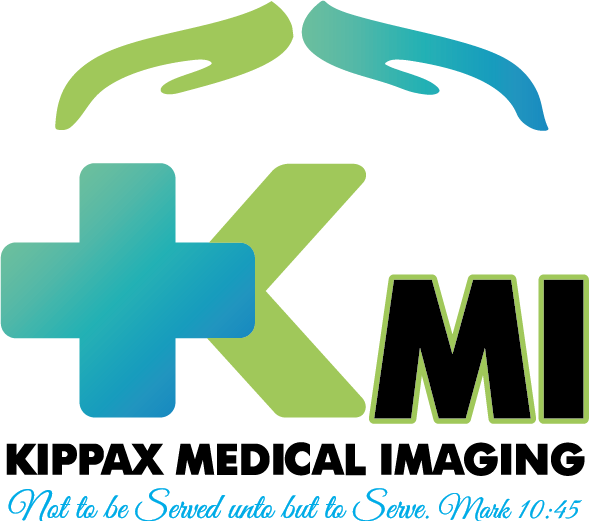
Liver Elastography
The following information is provided to medical practitioners to assist with efficient referral procedures.
If you have any further questions regarding this procedure please contact your nearest branch or visit our website.
Patient preparation:
The patient will need to fast for six hours prior to the appointment. Small amounts of water may be taken and no alcohol 24 hours prior.
Billing
This examination is billed as a standard upper abdomen ultrasound. Only pensioners and concession card holders will be mixed billed.
Location
This examination is performed at our KMI , kippax branch. For more information about this procedure, contact the branch on 02-62540271
Elastography, or ultrasound shear wave elastography (SWE) is an imaging technique that maps the elastic properties of soft tissues.
The speed of ultrasound wave transmission through liver parenchyma is measured in metres per second and the tissue deformability/elasticity is measured in kilopascals.
The stiffer the liver tissue (i.e. presence of fibrosis), the higher the median speed .
SWE is useful in the staging of fibrosis in patients with chronic liver disease where the main objective is to determine the presence or absence of advanced fibrosis.
It may also be useful in the follow-up of patients with fibrosis to assess response to treatment and to potentially tailor further follow-up and therapy
SWE (unlike Fibrsoscan which uses transient elastography), samples the liver in real time and produces ultrasound images of the liver.
An SWE procedure also allows for a formal ultrasound study of the liver and upper abdomen at the same time.
In terms of accuracy, SWE compares well with Fibroscan and has been shown to be more reliable in obese patients and those with ascites.
SWE and Fibroscan results are not comparable due to the differences in technique and units of measure.
Follow up studies are therefore recommended to be performed with the same technique.
The median of ten measurements will be recorded for both speed and elasticity.
Thresholds for stages of fibrosis are provided using METAVIR stage F0 to F4. Cut-off values will indicate patients at:
a) low risk for clinically significant fibrosis. Patient does not require additional follow-up (F0)
b) Indeterminate range (some stage F2 and F3). Due to the substantial overlap of fibrosis stages, it may be that likelihood ratios will be a better tool for documenting risk for this group.
c) high risk for advanced fibrosis or cirrhosis (some stage F3 and F4). Patient may require different management and prioritisation for therapy For these patients, additional tests (blood tests +/- liver biopsy) and clinical evaluation will be needed to determine appropriate follow-up.
The report will also include the Interquartile range/median value as a measure of examination quality and reliability.

 Serving patients and Saving their lives
Serving patients and Saving their lives